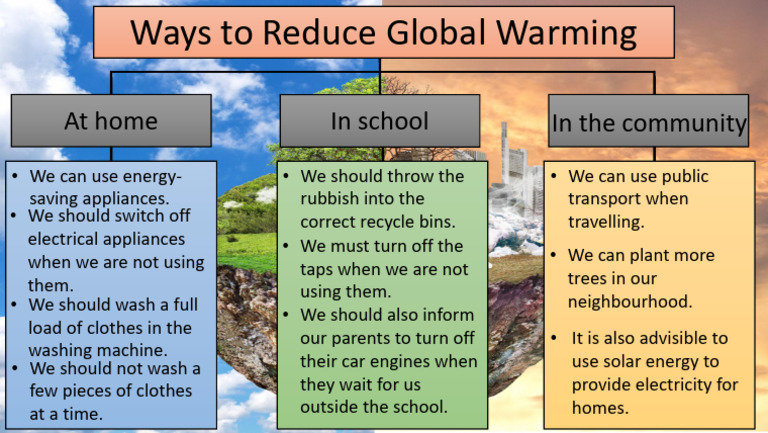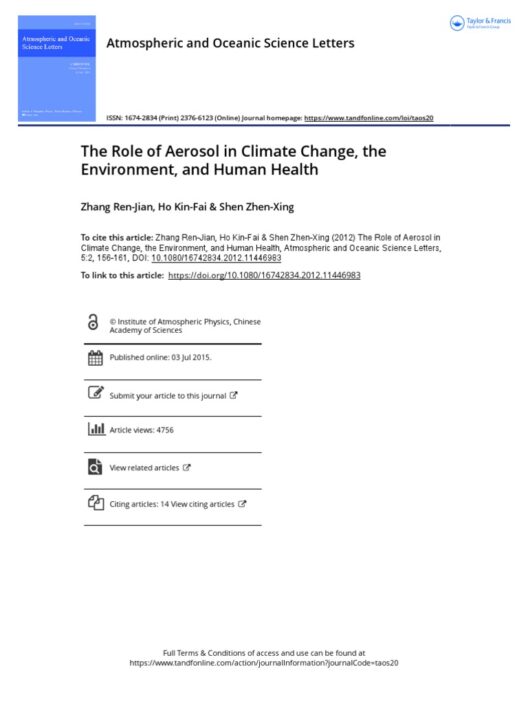Global warming poses a fundamental challenge to our planet, resulting from the accumulation of greenhouse gases in the atmosphere. The consequences are dire, threatening ecosystems, weather patterns, and human health. However, tangible solutions exist. By adopting simple but effective measures, we can mitigate the effects of climate change. This article outlines practical steps everyone can take to help curb global warming.
One of the primary contributors to global warming is carbon dioxide (CO2) emissions. These emissions arise from various sources, including fossil fuel combustion, deforestation, and industrial processes. As individuals, minimizing our carbon footprint is crucial. An effective way to achieve this is by reducing energy consumption. Simple actions, such as unplugging electronic devices when not in use, switching off lights in unoccupied rooms, and utilizing energy-efficient appliances, can significantly reduce energy expenditure. Moreover, adopting LED light bulbs can be a simple yet impactful switch, as they consume less electricity and have a longer lifespan than traditional incandescent bulbs.
Transportation is another significant contributor to greenhouse gas emissions. Choosing alternative modes of travel can help alleviate this issue. Walking, cycling, or using public transportation can significantly reduce one’s carbon footprint. For longer distances, consider carpooling or using more fuel-efficient vehicles. Additionally, electric and hybrid cars are becoming increasingly accessible and offer a sustainable alternative to traditional gasoline-powered vehicles. As infrastructure for electric vehicles continues to develop, making the switch can be both environmentally and economically beneficial.
Dietary choices also play a pivotal role in the fight against global warming. The production of meat, particularly beef and lamb, has a notably higher carbon footprint compared to plant-based foods. Transitioning to a more plant-centric diet can drastically reduce greenhouse gas emissions. Incorporating more fruits, vegetables, grains, and legumes into daily meals not only benefits the environment but also enhances personal health. Furthermore, supporting local agriculture can minimize transportation emissions associated with food products and foster community resilience.
Waste management is another critical aspect of combating climate change. A significant portion of methane emissions comes from landfills, produced as organic waste decomposes. Individuals can combat this issue by adopting practices such as composting biodegradable materials and minimizing single-use plastics. Investing in reusable products, such as water bottles, shopping bags, and containers, can reduce waste and promote a more sustainable lifestyle. Recycling is not just a buzzword; it’s a necessary practice that repurposes materials, reducing the need for new resources and conserving energy.
Water conservation is often overlooked but equally essential. The process of heating water contributes to energy expenditure and CO2 emissions. Simple activities, like taking shorter showers, fixing leaks, and using water-saving fixtures can lead to significant savings. Furthermore, practices such as rainwater harvesting can promote sustainable water usage, benefiting both the environment and personal finances.
Supporting policies and initiatives aimed at combating climate change can amplify individual efforts. Engaging in community programs focused on environmental sustainability can foster awareness and drive collective action. Advocate for renewable energy transitions in local governance and support initiatives that aim to plant trees, restore habitats, and protect biodiversity. These areas of focus can enhance ecological balance and serve as natural carbon sinks.
Additionally, educating oneself and others about environmental issues creates a ripple effect. Knowledge empowers individuals to make informed decisions and advocate for change. Attend workshops, read literature on sustainability, and discuss climate-related topics with peers. Raise awareness through social media platforms, helping to create a community that prioritizes environmental stewardship.
Our relationship with technology also warrants consideration. The digital world contributes to energy consumption, particularly with the rise of cloud computing and cryptocurrency mining. Rethinking our tech usage—such as minimizing online video streaming or optimizing device settings for energy efficiency—can reduce our overall carbon footprint. Moreover, supporting companies that prioritize sustainability in their operations can encourage more businesses to adopt eco-friendly practices.
Finally, fostering a mindset of sustainability in younger generations is vital. Children can lead the way in environmental advocacy by participating in eco-friendly activities and learning about their impact on the planet. Incorporating sustainability into educational curriculums ensures future generations carry forward the principles of environmental responsibility. Teaching youth about recycling, conservation, and biodiversity can create informed citizens who value and advocate for a sustainable future.
In summation, the battle against global warming is not an insurmountable challenge. Simple, deliberate actions—ranging from energy conservation and mindful transportation choices to dietary shifts and waste reduction—are pivotal in averting environmental catastrophe. Individuals wield substantial power in this movement. By collectively embracing sustainable practices, advocating for policy change, and fostering eco-consciousness within our communities, we can indeed nurture a healthier planet. The responsibility lies with each one of us, and every small effort contributes to the larger fight against climate change.








